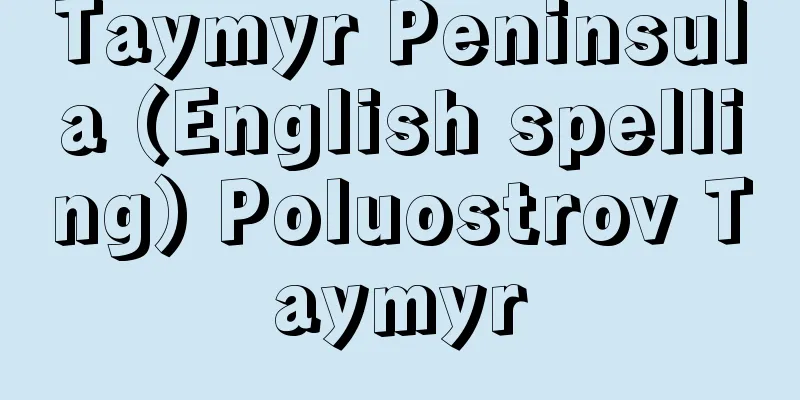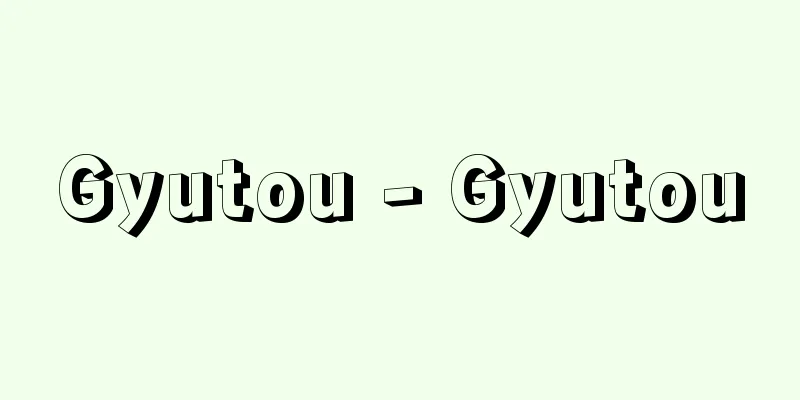Turkish Revolution

|
A revolution led by Kemal Atatürk (Mustafa Kemal) that overthrew the Ottoman Empire and established the Republic of Turkey. In order to repel the Greek army that had taken advantage of the Ottoman Empire's defeat in World War I and invaded Western Anatolia, Atatürk convened the Eastern Provinces Assembly in Erzurum in 1919 and formed the Association for the Defense of Anatolian Rumeli Rights. In 1920, when the Ottoman government succumbed to the Allied Powers and signed the Treaty of Sevres, Atatürk held a Grand National Assembly in Ankara, established a new government, and launched military action against the Greek army. In 1921, he won the Battle of Sakarya and drove the Greek army out of Anatolia. In 1922, the Sultanate was abolished, and the Ankara government, as the only Ottoman government, signed the Treaty of Lausanne with the Allied Powers the following year on equal terms. The preservation of all territories in Asia Minor and the abolition of capitulation (extraterritoriality) were recognized. In October 1823, the establishment of the Republic of Turkey was proclaimed, and the Ottoman Empire was dissolved. Atatürk became the first president, and the Association for the Defense of Anatolian Rumeli Rights became the Turkish People's Party. In 1824, the Caliphate was abolished, and the Constitution of the Republic was enacted in April. Many reforms were subsequently carried out, including the abolition of the Turkish cap and veil, the dissolution of mystical orders, alphabet reform, the removal of provisions regarding Islam as the state religion from the constitution, and the establishment of a surname law. Economic reforms such as the development of industry were also promoted, and a new national central bank was established with the right to issue paper money. The Turkish Revolution established the foundations of a modern nation, and improved Turkey's international status. [Kunihiro Shitara] [References] | | |Source: Shogakukan Encyclopedia Nipponica About Encyclopedia Nipponica Information | Legend |
|
ケマル・アタチュルク(ムスタファ・ケマル)の指導の下に、オスマン帝国を倒し、トルコ共和国を樹立した革命。第一次世界大戦でのオスマン帝国敗戦に乗じ、西アナトリアに侵入したギリシア軍を撃退するために、アタチュルクは1919年東部諸州会議をエルズルムに招集、アナトリア・ルメリ権利擁護協会を結成した。20年、オスマン政府が連合国に屈し、セーブル条約に調印すると、アタチュルクはアンカラに大国民議会を開き新政府を樹立し、ギリシア軍に対し軍事行動を起こした。21年、サカリヤの戦いで勝利し、ギリシア軍をアナトリアから追い出した。22年、スルタン制を廃止し、唯一のオスマン政府としてアンカラ政府は翌年連合国と対等の条件でローザンヌ条約を結んだ。小アジアの全領土の保全、カピトゥレーション(治外法権)の撤廃が認められた。23年10月トルコ共和国の成立が宣言され、オスマン帝国は消滅した。アタチュルクは初代大統領に就任、アナトリア・ルメリ権利擁護協会はトルコ人民党となった。24年カリフ制を廃し、4月に共和国憲法を制定した。その後、多くの改革が行われた。トルコ帽およびベールの廃止、神秘主義教団の解散、文字改革、憲法からイスラム教の国教規定を削除、姓氏法の制定などであった。また産業の育成など経済面での改革なども推進され、国立中央銀行を新設し紙幣発行権を確保した。トルコ革命により、近代国家の基礎が確立され、国際的地位も向上した。 [設楽國廣] [参照項目] | | |出典 小学館 日本大百科全書(ニッポニカ)日本大百科全書(ニッポニカ)について 情報 | 凡例 |
<<: Lisianthus - Turk's cap lily
>>: Turkish Studies - Turkish Calyx
Recommend
Kisewata - Kisewata
A perennial plant of the Lamiaceae family (APG cl...
Cannabich, CK (English spelling)
...German composer. He was a member of the Mannhe...
Yoshikata Kiyohara
Year of death: October 29, 1432 (November 21, 1432...
Saru River
It is the longest river in the Hidaka Subprefectu...
Achondroplasia - Achondroplasia
Also known as achondroplasia and fetal chondrodysp...
M-Zero Ship
…Many large, excellent ships in recent years are ...
"Dew of Ohara" - Ohara no tsuyu
…Upon graduation in 1904, he was appointed assist...
Cowra - Cowra (English spelling)
A city in the southeast of New South Wales, Austr...
Fake pattern - Gihei
…The leaves are narrowly ovate and lack a midvein...
Collection of the Deities' Wishes - Shoshinhonkaishu
A Buddhist Shinto book. Written in 1324 by Sonkaku...
Air Jet Loom
...There are some that insert the rods from both ...
Jo - Jo
〘Noun〙① An honorary title given to townspeople, cr...
Kinosuke Otani - Kinosuke Otani
...A military commander in the Azuchi-Momoyama pe...
Kiyo Gundan - Kiyo Gundan
A Nagasaki geography book from the mid-Edo period....
Akinete
…In mosses and vascular plants, they are simply c...









